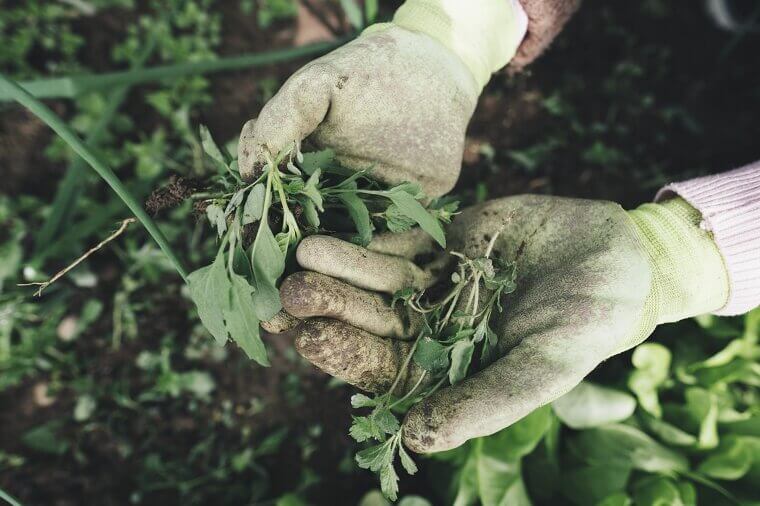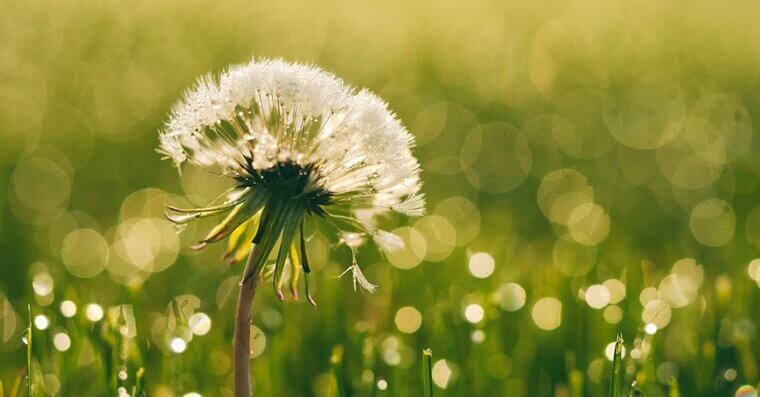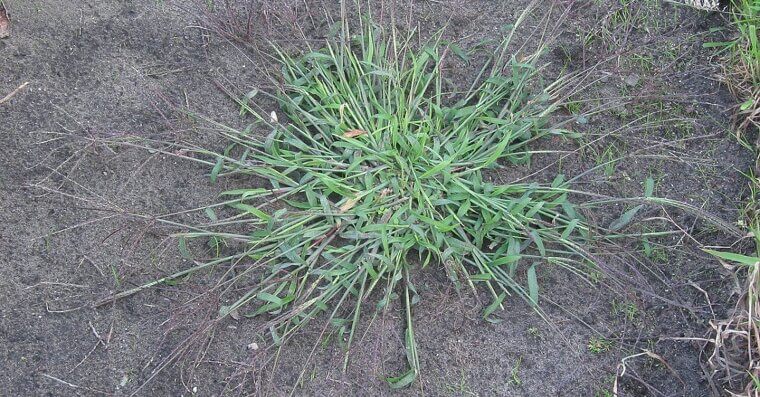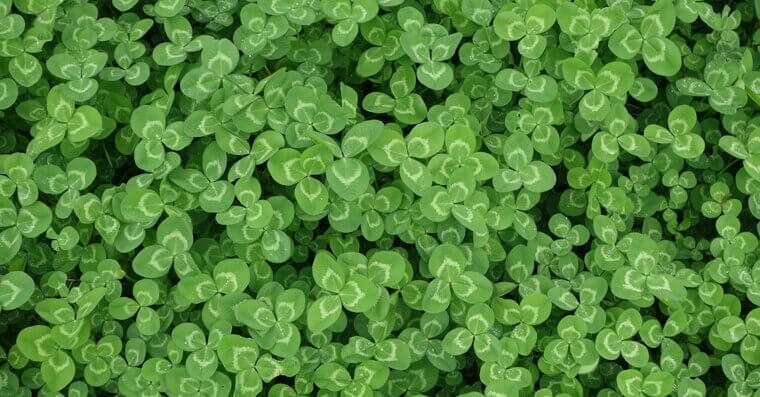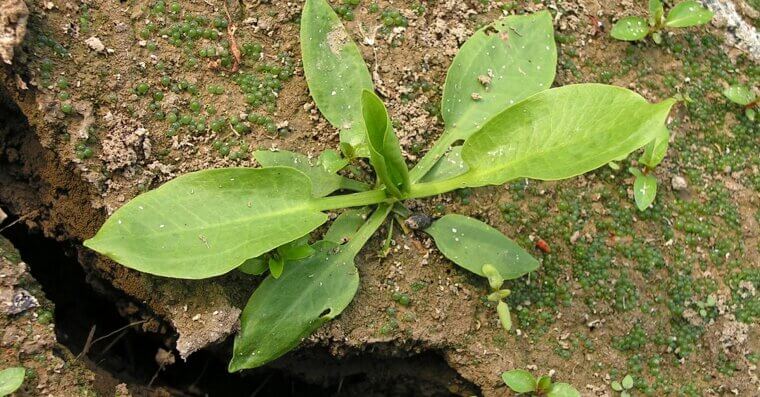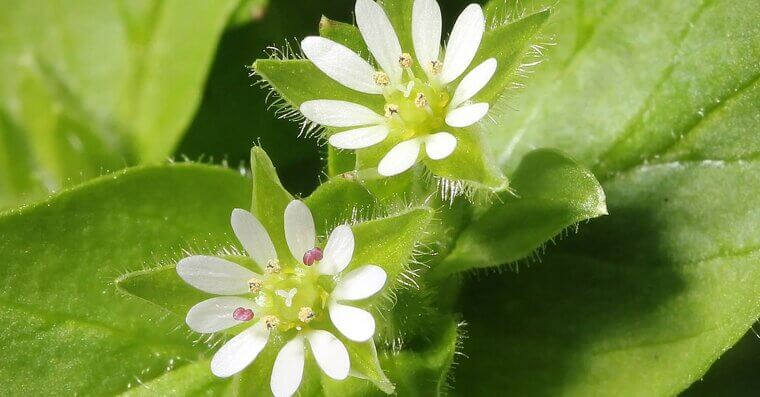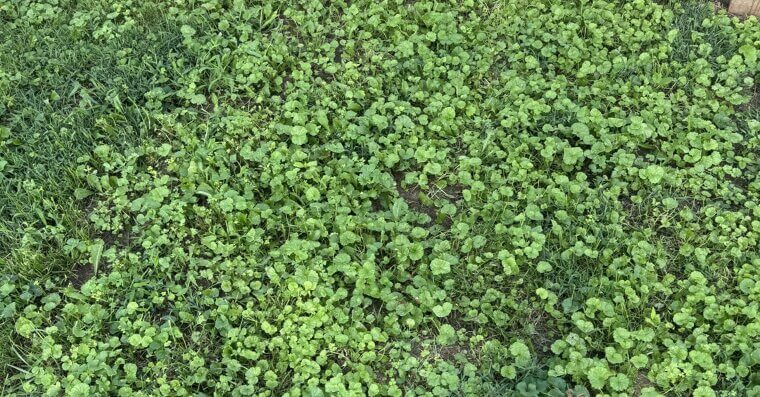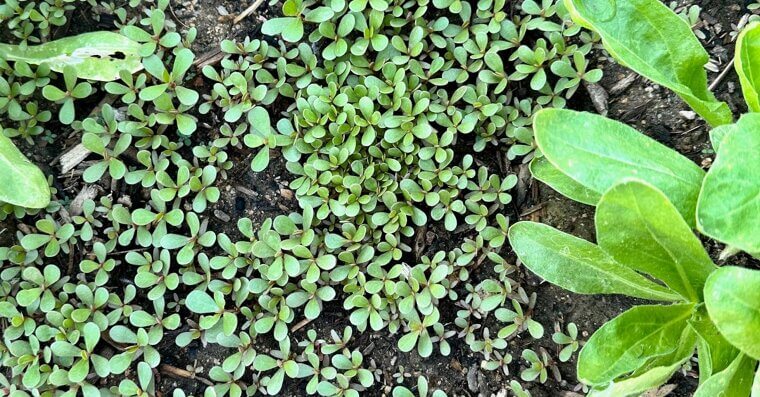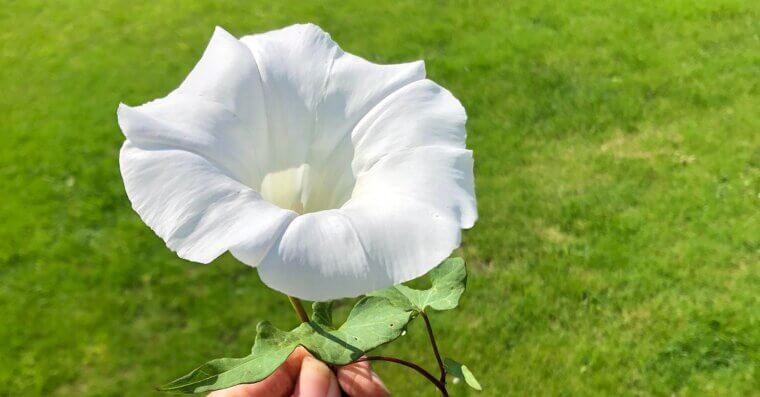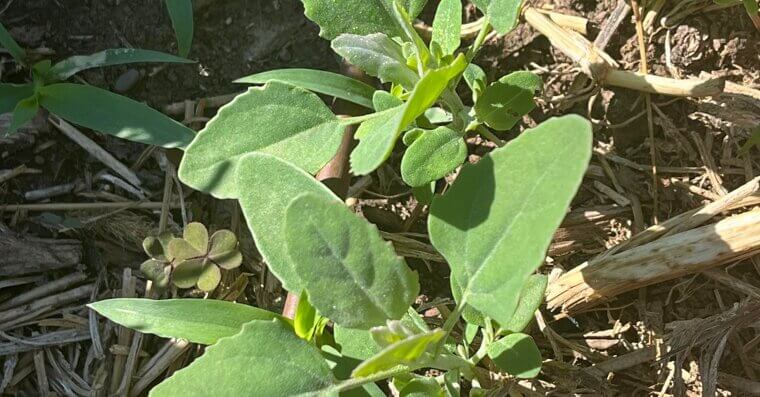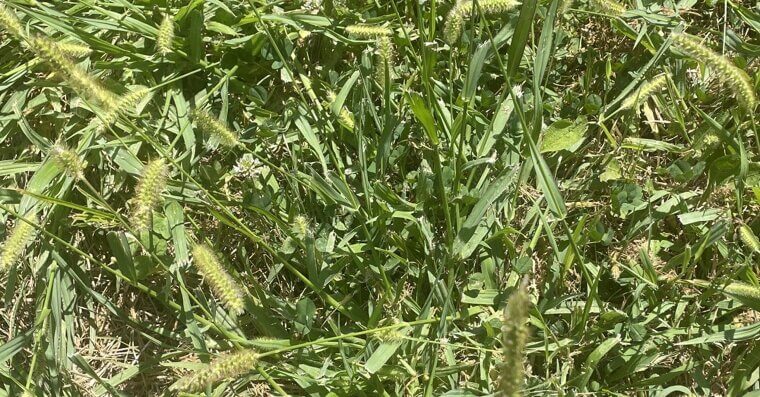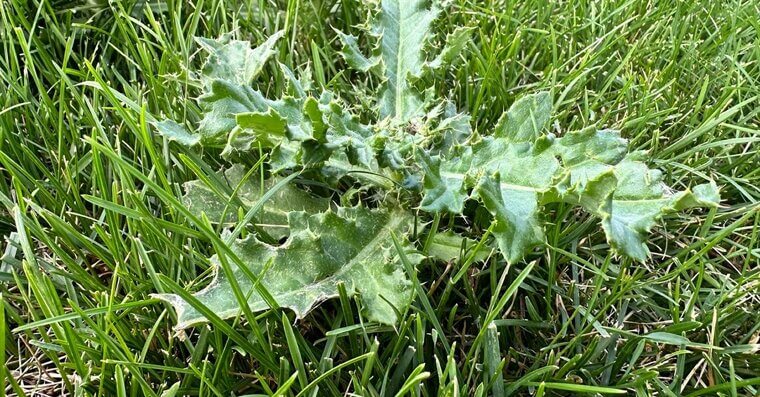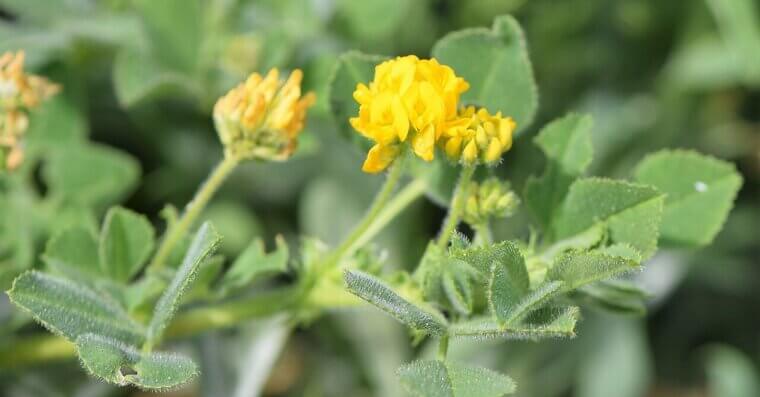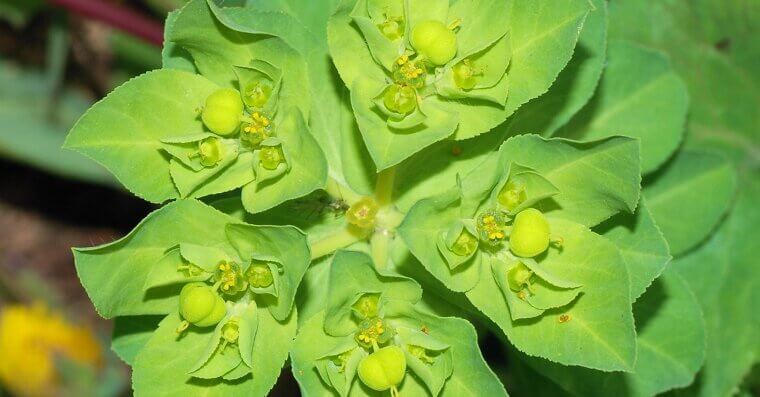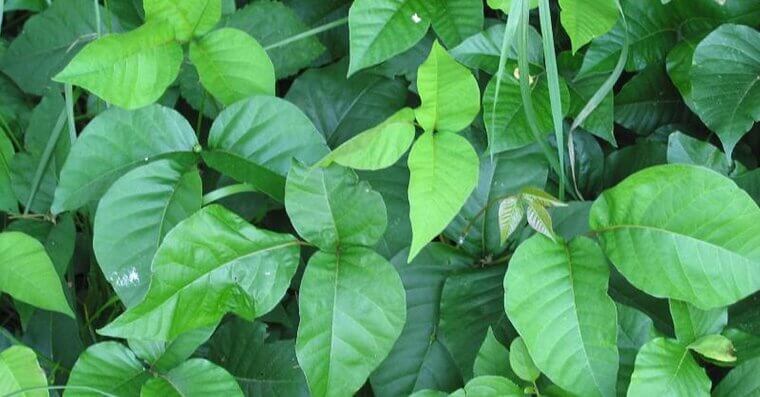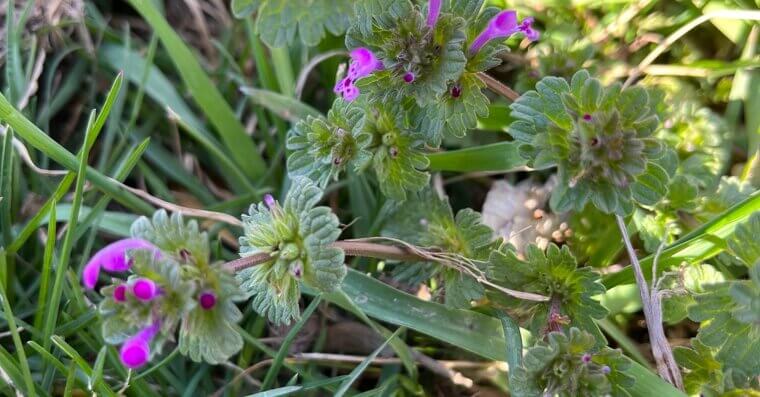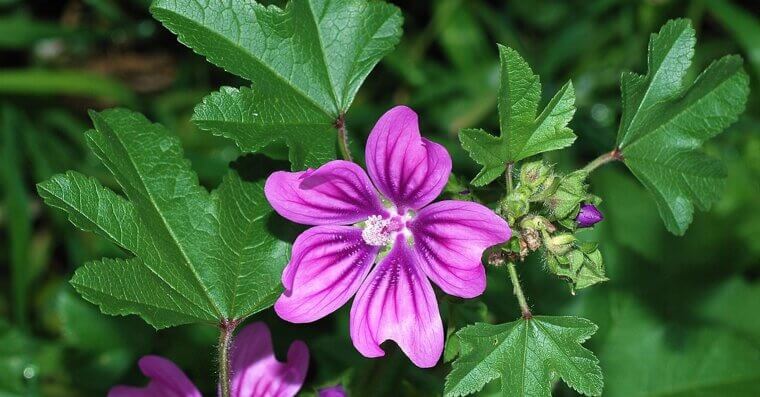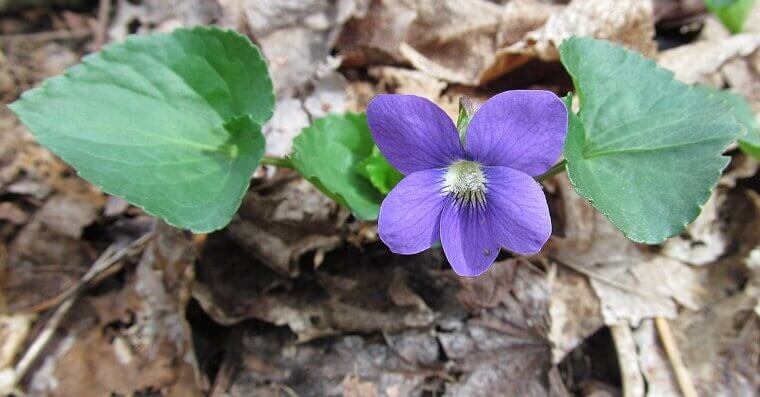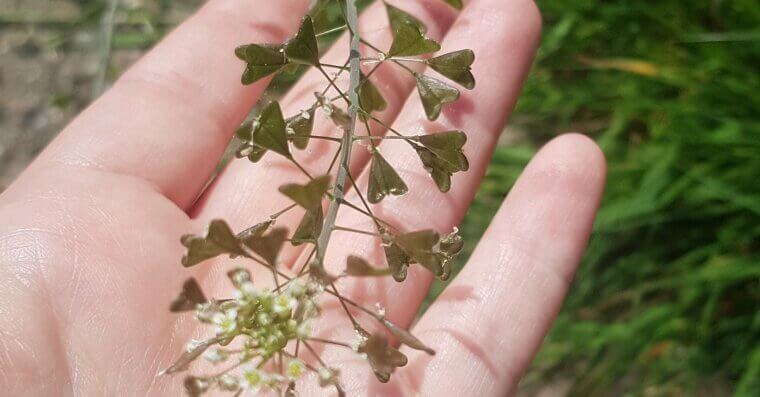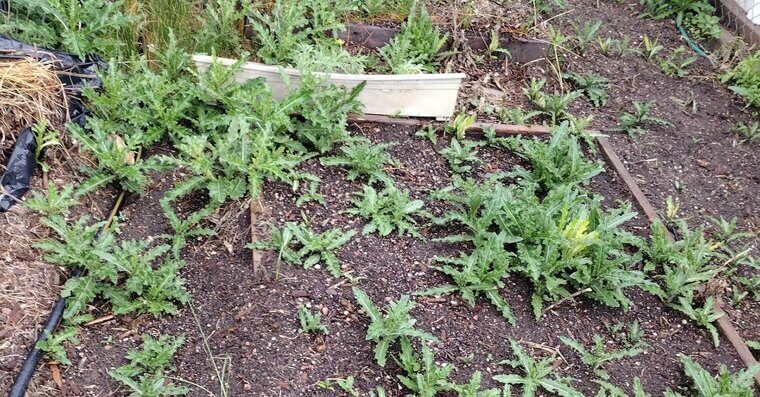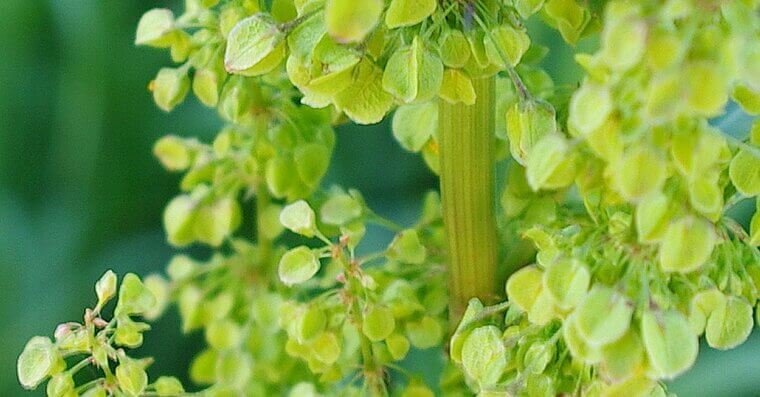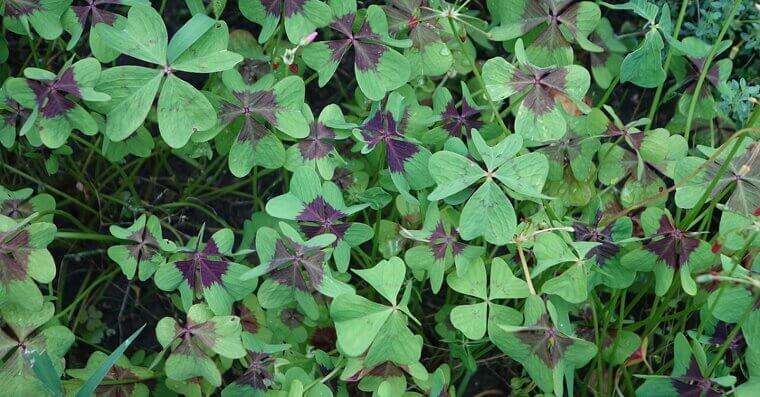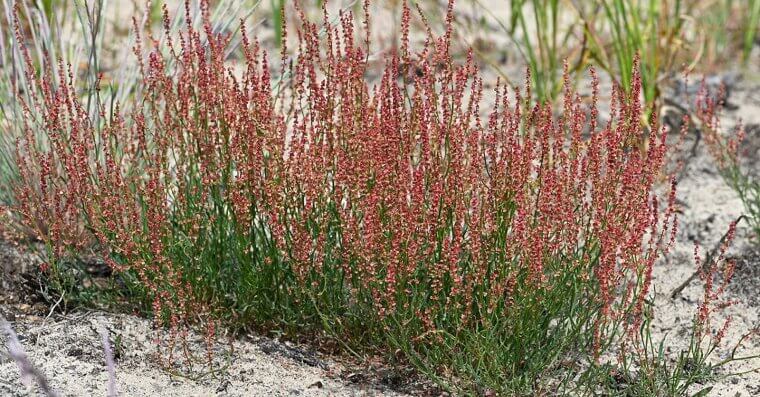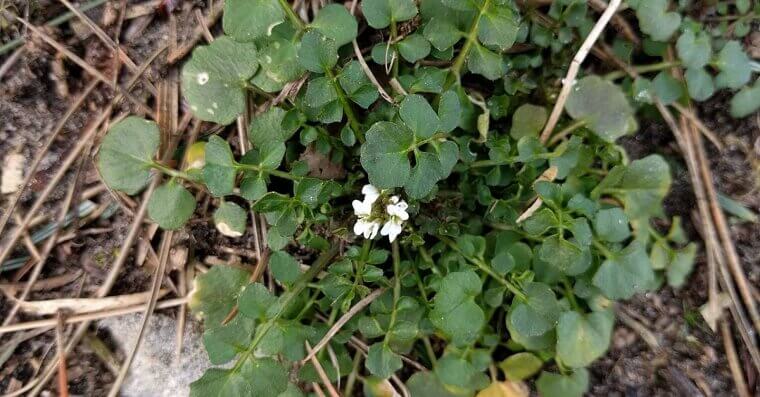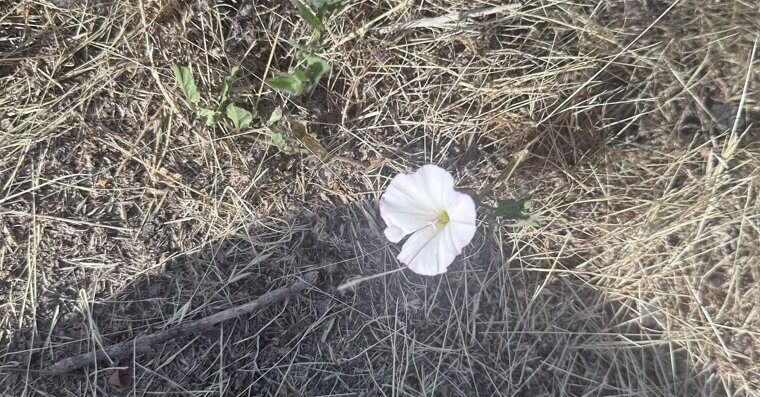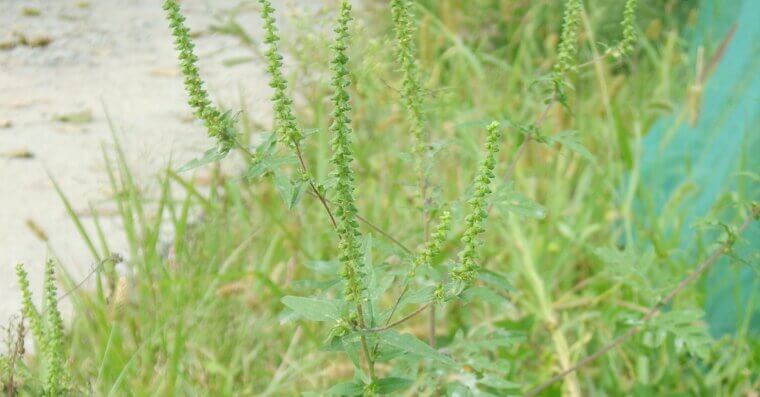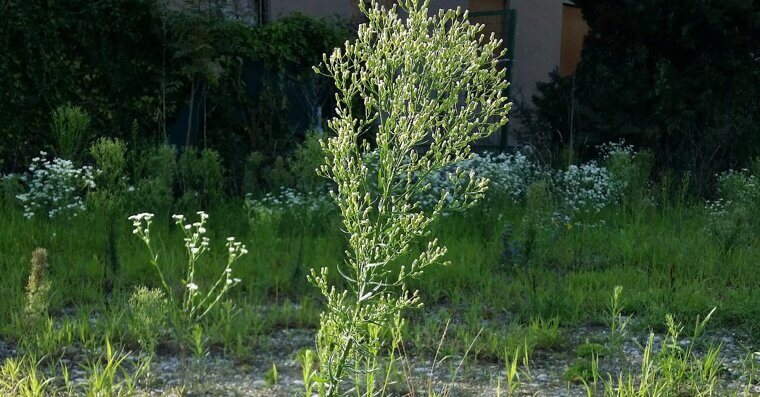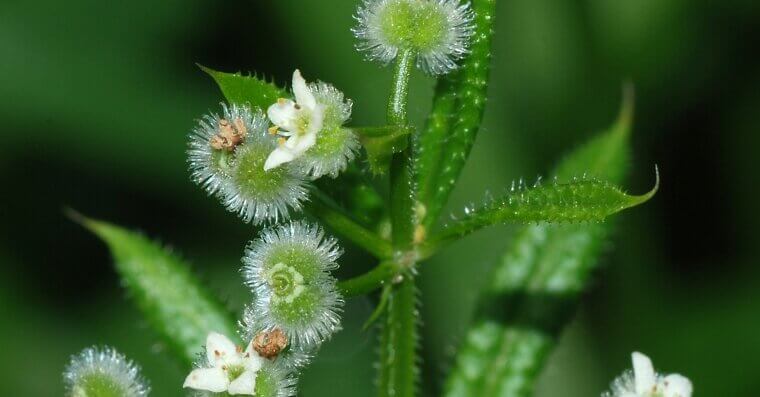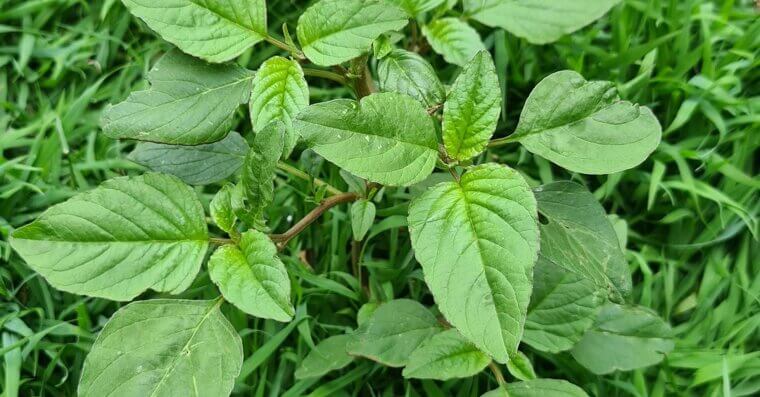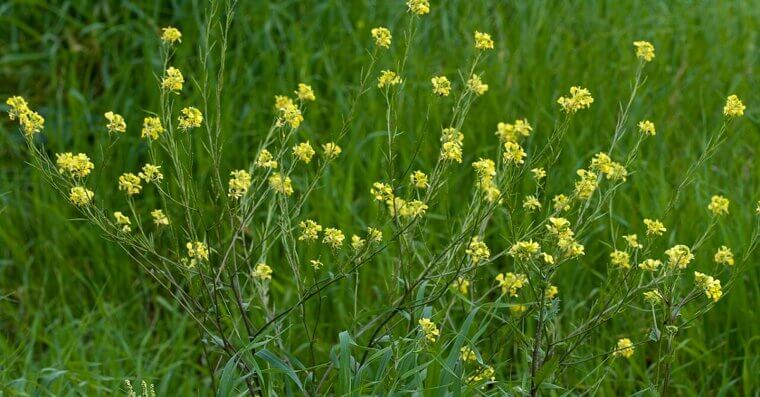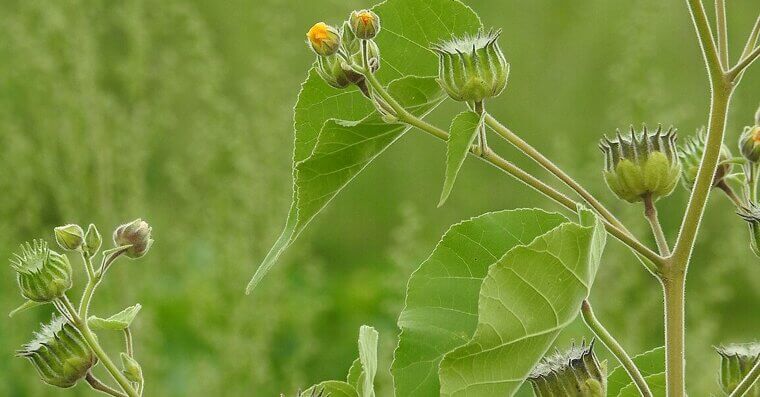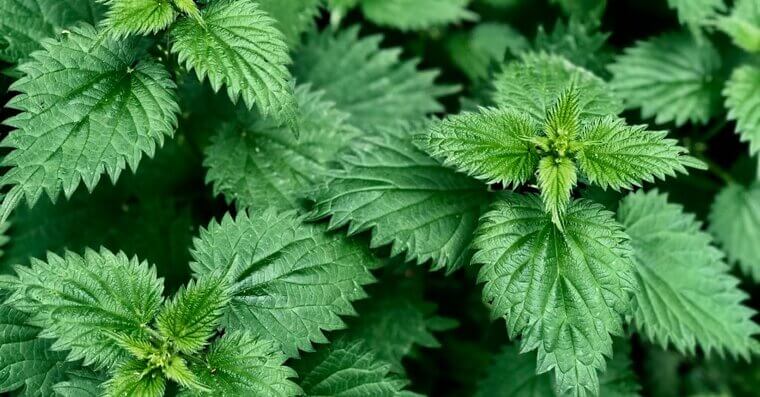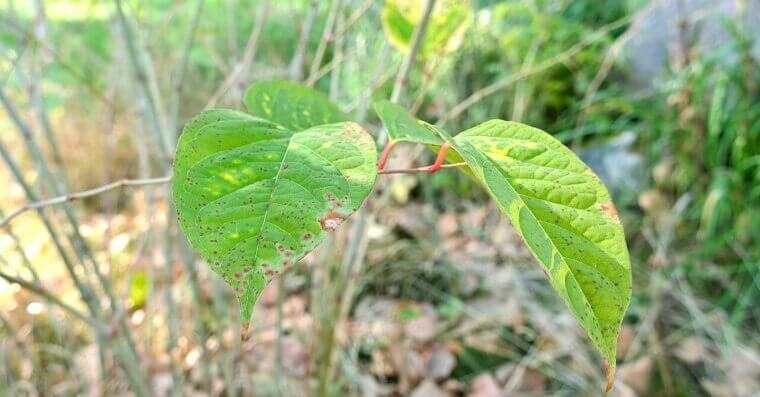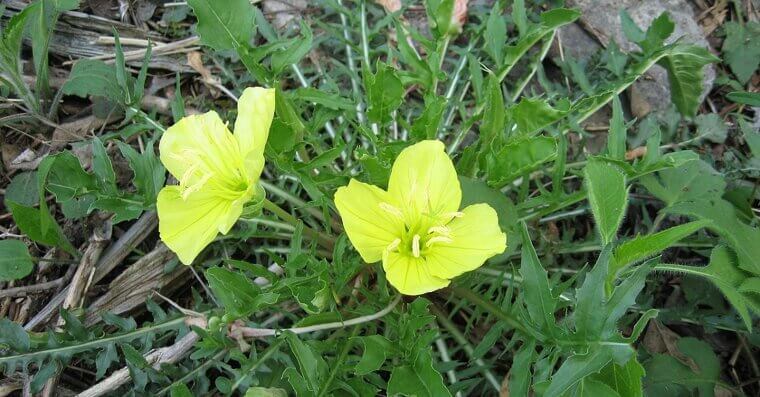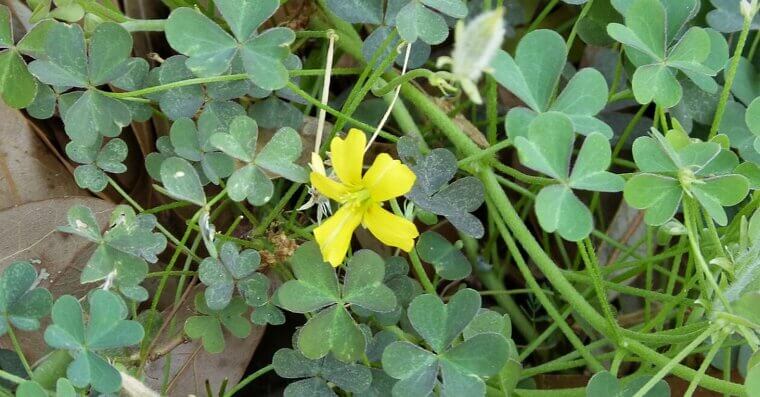From Harmless to Invasive: A Guide to the Weeds in Your Garden
Weeds have a way of sneaking into lawns and gardens, and once they show up, they’re not shy about spreading. Some look harmless (even pretty), while others are downright stubborn or invasive. Knowing how to spot them is half the battle. Here’s a handy guide to help you out.
Dandelion
Everyone knows this one - bright yellow flowers that turn into fluffy white seed heads kids love to blow on. Dandelions have jagged leaves that grow in a rosette shape right at ground level. They pop up just about anywhere: lawns, cracks in sidewalks, and garden beds.
Crabgrass
This pesky summer annual shows up as sprawling, low-growing grass that seems to creep outward in every direction. Its stems radiate from the center like a crab’s legs, which is how it got its name. Crabgrass thrives in thin or bare spots on your lawn where the grass isn’t thick enough to crowd it out.
Clover
Clover isn’t the worst weed - you might even find it kind of charming. Those familiar three-leaf clusters (and the rare four-leaf one) show up in lawns and fields all over the place. Some folks like clover because it stays green in dry weather, but if you want a good lawn, it’s not your friend.
Plantain
You’ll notice this weed by its wide, oval leaves that sit flat to the ground with thick, ribbed veins running lengthwise. In the middle, it often sends up tall, skinny seed stalks. Plantain loves compacted soil and pops up in driveways, sidewalks, and old dry ponds.
Chickweed
This little guy forms dense mats of small, bright green leaves and tiny white, star-shaped flowers. Chickweed thrives in cool, damp areas and can quickly take over garden beds or lawns in early spring. It might look harmless, but once it gets going, it spreads fast, shading out your grass or plants before you know it.
Creeping Charlie
If you see round, scalloped leaves on trailing stems that spread everywhere, you’re probably looking at creeping Charlie. It’s part of the mint family, so it has a faintly minty smell when crushed. But don't be fooled by the pleasantness of the aroma... it's still a weed.
Purslane
This low-growing weed has smooth, reddish stems and fleshy, paddle-shaped leaves, often forming dense mats across bare soil or garden beds. While gardeners hate its invasiveness, purslane is actually edible and packed with omega-3s!
Hedge Bindweed
Bindweed is a huge bane to gardeners. It has twining vines that wrap around anything in their path - fences, plants, or even your flowers. Its trumpet-shaped white or pink blossoms might look nice, but don’t be fooled.
Lamb’s Quarters
This weed has light green, powdery-looking leaves that are shaped somewhat like a goose foot. It grows upright and can reach a couple of feet tall if left alone. Interestingly, lamb’s quarters is edible and has a spinach-like flavor, but most gardeners pull it before it gets out of hand.
Foxtail Grass
Foxtails are grasses with seed heads that resemble a fox’s tail, hence the name. They sprout up in summer and thrive in disturbed soil or along roadsides. The real problem? Those sharp seed heads can stick to clothing, pets, and even work their way into animals’ skin.
Canada Thistle
This prickly perennial has spiny, lobed leaves and purple, tufted flower heads that resemble little brushes. Canada thistle spreads aggressively through creeping roots, making it a nightmare once it establishes itself. The spines make it painful to pull by hand, so gloves are a must.
Black Medick
Often confused with clover, black medick has small, trifoliate leaves and low-growing stems that sprawl outward. The key giveaway? Tiny yellow flowers that form little clumps resembling miniature dandelions. It usually shows up in lawns with poor soil or low nitrogen.
Spurge
This summer annual grows flat against the ground, forming sprawling mats of stems covered in tiny oval leaves. If you break a stem, you’ll see a milky white sap - a clear sign it’s spurge. It thrives in hot, dry areas like driveways and garden edges. Be careful when handling; that sap can irritate skin.
Poison Ivy
Poison ivy grows as a vine or shrub, with clusters of three pointed, shiny green leaves that can turn reddish in fall. It often creeps along fences, trees, or the ground in wooded areas. The real problem is its oil, urushiol, which causes itchy rashes on contact. Don’t touch!
Henbit
This common weed pops up in early spring with square stems (a clue it’s in the mint family) and scalloped, round leaves. The small purple flowers look pretty but quickly turn into a sprawling mess. Henbit thrives in cool, moist areas, especially garden beds and bare patches of lawn.
Mallow
Also called buttonweed, mallow grows low to the ground with round, crinkled leaves that look like tiny geraniums. Its stems sprawl outward, forming mats that can quickly smother grass. You’ll also notice small, quite pretty flowers.
Wild Violet
At first, you might mistake wild violets for a charming little flower bed addition. They have heart-shaped leaves and delicate purple or blue blooms in spring. But once they spread, you’ll realize they’re tenacious and hard to control.
Shepherd’s Purse
This weed gets its quirky name from its seed pods, which look like little heart-shaped pouches. Shepherd’s purse has small white flowers at the tips of its tall, slender stems.
Prickly Lettuce
Sometimes called wild lettuce, this tall weed can grow several feet high if ignored. The leaves are spiny along the edges and often grow vertically. You’ll also notice a prickly ridge running along the underside of the central vein.
Curly Dock
Curly dock is easy to spot with its tall, reddish stems. It grows in clumps and can get several feet tall, especially in moist soil. In summer, it produces clusters of reddish-brown seeds that stick around into fall.
Oxalis (Wood Sorrel)
At first glance, oxalis looks a lot like clover, but its leaves are heart-shaped rather than oval. It produces small, bright yellow flowers that make it easy to identify. You’ll often see it in flowerbeds, lawns, and sidewalk cracks. It spreads by underground bulbs, so pulling the tops won’t solve the problem.
Sheep Sorrel
This weed stands out with its arrow-shaped leaves that have two little lobes pointing outward near the base. It grows low to the ground and often forms reddish stems with clusters of tiny red or yellow-green flowers.
Hairy Bittercress
This small weed shows up in early spring and spreads like wildfire. It has clusters of tiny white flowers and seed pods that explode when touched, flinging seeds everywhere.
Field Bindweed
Similar to hedge bindweed but smaller, field bindweed has arrow-shaped leaves and white or pink funnel-shaped flowers. It twines around plants, fences, or anything in reach. The underground root system is incredibly deep and persistent—just a small fragment can regrow.
Common Ragweed
If you’re sneezing in late summer, ragweed might be the culprit. It has deeply lobed, fern-like leaves and green, spiky flower clusters that produce tons of pollen. Ragweed isn’t just irritating for allergies - it also spreads aggressively, making it hard to control if you let it flower.
Horseweed
Horseweed grows tall and upright, sometimes reaching several feet if left unchecked. The leaves are narrow, bristly, and grow in a spiral up the stem. In late summer, it produces clusters of tiny white flowers at the top.
Goosegrass
You’ll recognize goosegrass by its flattened stems that form a rosette, often resembling wagon-wheel spokes. It thrives in compacted soil, like playgrounds, driveways, or heavily trafficked lawns. The leaves are darker green than crabgrass and slightly glossy.
Pigweed
Pigweed is a tall, fast-growing weed with red or green stems and broad leaves. It produces clusters of small, green flowers that turn into seed heads. Farmers especially dislike it because it invades crop fields and some varieties are herbicide-resistant.
Wild Mustard
This weed announces itself with bright yellow, four-petaled flowers. Its leaves are lobed and often rough to the touch, with a strong smell when crushed. It spreads quickly by seed and soon gets out of hand.
Velvetleaf
Velvetleaf has large, heart-shaped leaves that feel soft and velvety to the touch. It can grow up to seven feet tall in fertile soil, with yellow-orange flowers followed by distinctive, cup-like seed pods. It chokes out crops and produces huge amounts of seeds that unfortunately remain viable in the soil for decades.
Stinging Nettle
Stinging nettle has tiny hairs on its leaves and stems that deliver a painful sting if touched. It grows tall with serrated, heart-shaped leaves arranged opposite each other on square stems. In summer, it produces clusters of greenish flowers. Don’t let kids or pets near them!
Japanese Knotweed
This invasive perennial is noted for its red stems and large leaves. In late summer, it produces sprays of small white flowers. Once it’s in, it’s nearly impossible to eradicate without serious effort - it’s one of the worst offenders on the list.
Evening Primrose
Evening primrose is a tall weed with lance-shaped leaves and yellow flowers that open at night. While some gardeners grow it intentionally, it self-seeds freely and can become invasive in open soil. And the seeds persist in soil for years, so once it arrives, it sticks around.
Yellow Woodsorrel
Yellow woodsorrel has clover-like, heart-shaped leaves that fold up at night. Its bright yellow flowers make it easy to identify, especially when it carpets lawns or gardens. It spreads through seed pods that burst open when touched.

